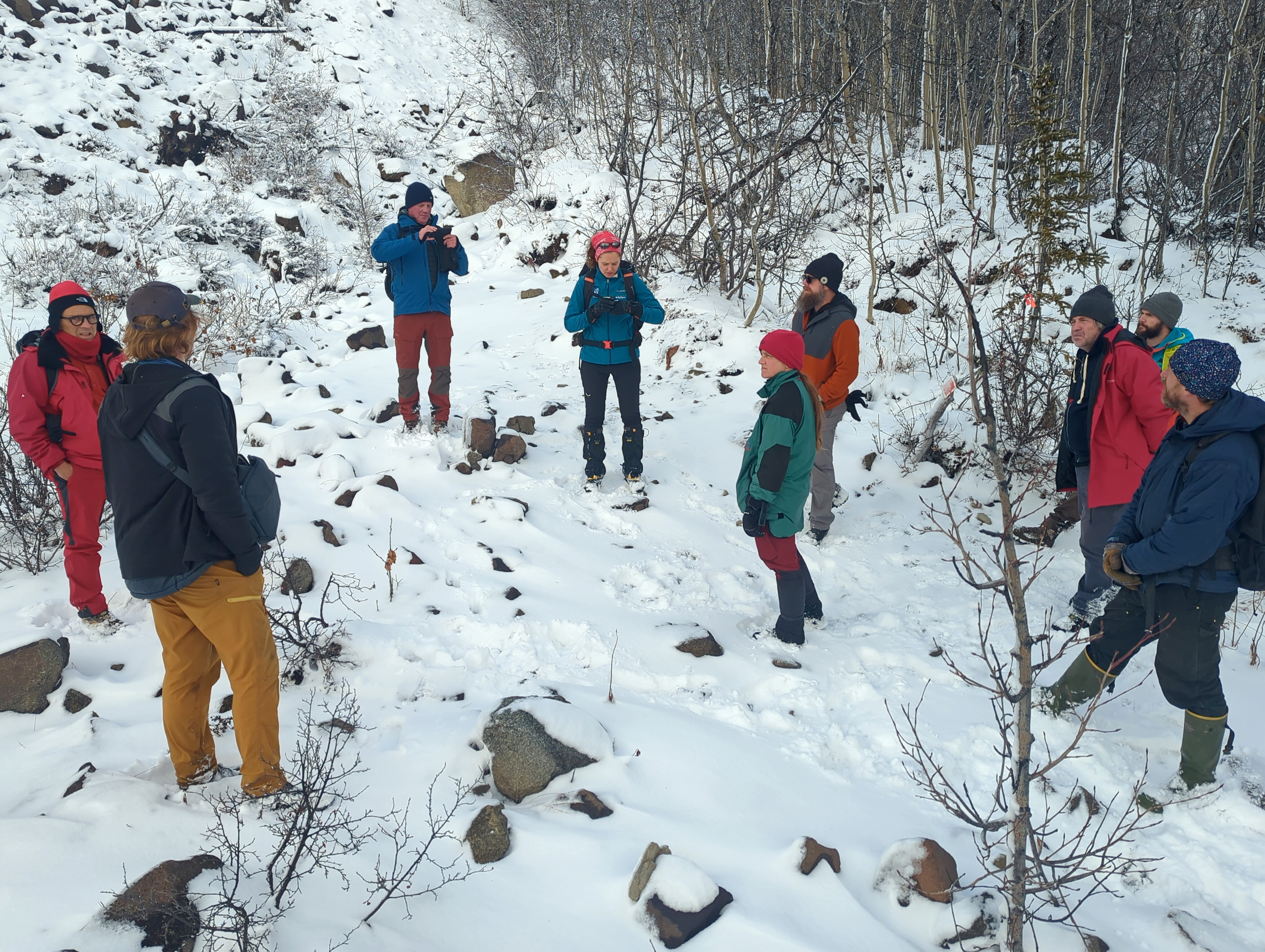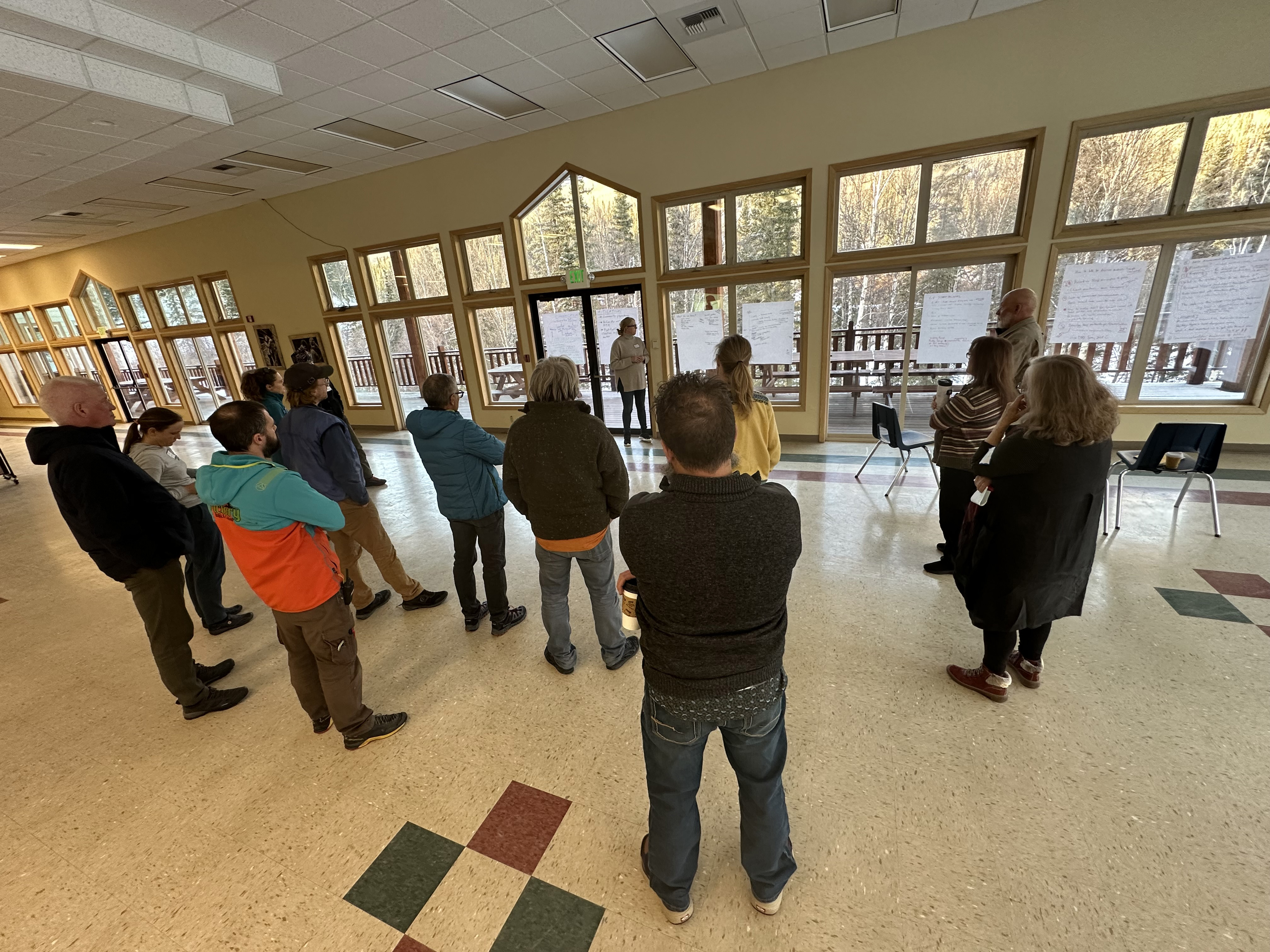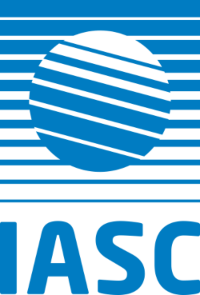 Permafrost in mountain regions worldwide is increasingly destabilized by rising temperatures, leading to heightened slope instability and mass movement hazards. Southcentral Alaska is located within the subarctic zone and hosts sporadic to discontinuous permafrost, and recent landslides in the region are largely attributed to permafrost degradation. These landslides can have severe consequences for local communities, which depend on mountain environments for subsistence, income, and cultural activities. A study in the Talkeetna and Chugach Mountains identified 92 slope instabilities, with at least five clustered along the Matanuska valley and posing immediate threats to nearby populations. Similar vulnerabilities exist in other cold regions like Greenland, Iceland, and the Alps, where growing populations and tourism increase exposure to permafrost thaw-related hazards, underscoring the need for proactive risk assessment and mitigation.
Permafrost in mountain regions worldwide is increasingly destabilized by rising temperatures, leading to heightened slope instability and mass movement hazards. Southcentral Alaska is located within the subarctic zone and hosts sporadic to discontinuous permafrost, and recent landslides in the region are largely attributed to permafrost degradation. These landslides can have severe consequences for local communities, which depend on mountain environments for subsistence, income, and cultural activities. A study in the Talkeetna and Chugach Mountains identified 92 slope instabilities, with at least five clustered along the Matanuska valley and posing immediate threats to nearby populations. Similar vulnerabilities exist in other cold regions like Greenland, Iceland, and the Alps, where growing populations and tourism increase exposure to permafrost thaw-related hazards, underscoring the need for proactive risk assessment and mitigation.
The purpose of the Workshop on mitigating the hazard of permafrost-degradation induced landslides in Alaska and the Arctic was to pool the collective experience of scientists, agency representatives and member of local communities to spur concrete action to address landslide hazards in permafrost degrading environments in Southcentral Alaska and the Arctic. The Workshop included a day of fieldtrip along the Matanuska valley to visit 5 potentially hazardous permafrost-thaw related landslides. The second and third days of the Workshop were each followed by evening events open to the whole population of Glacier View and Wasilla to communicate the results of the workshop and to engage with the members of the affected communities.
The objectives of the Workshop were as follows:
- To facilitate the exchange of knowledge and research related to potential local landslides.
- To examine parallel programs in other regions, including Iceland, Greenland, the Alps, and the Philippines.
- To assess the roles of local institutions and state agencies in Southcentral Alaksa in identifying existing information on affected territories and evaluating their capacity to contribute to community safety efforts.
- To formulate phased plans for the assessment, monitoring, instrumentation, and communication strategies at hazardous sites.
- To identify potential funding opportunities and generate a comprehensive action plan for implementation.
- To leverage the insights gained to advance the broader understanding of permafrost-thaw-induced landslides in Arctic regions.
The workshop identified several key findings related to the challenges and opportunities for addressing landslide hazards in Southcentral Alaksa and the Arctic. Participants categorised the challenges into four main areas: assessment, communication, monitoring, and management. Assessment focuses on identifying the location and severity of hazards, while communication addresses the need for clear and effective information sharing among all stakeholders. Monitoring involves detecting changes in slope instabilities to predict potential failures, and management concerns the governance of efforts to address these issues.
 The hazard of permafrost degradation, while prominent in Glacier View, is part of a broader global issue. Lessons from other programs, including advanced and community-based monitoring initiatives, could offer valuable insights for Glacier View and the Arctic. There is a need for greater understanding of permafrost thaw-related landslide hazards and their associated risks to people, infrastructure such as the Glenn Highway, and the surrounding environment, including the Matanuska River. Much of the existing information is scattered across various sources and formats, making it inaccessible to many, including local residents. However, local institutions and state agencies possess critical mapping and data programs and have expressed a commitment to expanding data collection in Southcentral Alaska.
The hazard of permafrost degradation, while prominent in Glacier View, is part of a broader global issue. Lessons from other programs, including advanced and community-based monitoring initiatives, could offer valuable insights for Glacier View and the Arctic. There is a need for greater understanding of permafrost thaw-related landslide hazards and their associated risks to people, infrastructure such as the Glenn Highway, and the surrounding environment, including the Matanuska River. Much of the existing information is scattered across various sources and formats, making it inaccessible to many, including local residents. However, local institutions and state agencies possess critical mapping and data programs and have expressed a commitment to expanding data collection in Southcentral Alaska.
The Working Group will develop a follow-up action agenda. Community members and external scientists are collaborating on pilot monitoring programs, incorporating techniques such as repeat photogrammetry, lidar surveys, and the installation of monitoring instruments. To facilitate stakeholder communication, the Working Group will support the creation of a project website on suitable platforms. Additionally, the group will centralise complex technical information, including maps, research reports, and photographs, into an accessible online repository. These efforts will be paired with pursuing necessary funding to support implementation and to disseminate these results at scientific conferences and to the general public.
Highlights
- The workshop identified key challenges in addressing landslide hazards in Southcentral Alaska and the Arctic, focusing on assessment, communication, monitoring, and management. These challenges highlight the need for improved understanding of permafrost-thaw-related hazards and their risks to people, infrastructure, and the environment, alongside lessons from global monitoring initiatives.
- Existing information on landslide hazards is scattered and often inaccessible, but a communal effort of scientists, local institutions and state agencies and members of local communities can address these gaps.
- A shared, co-created knowledge of the hazard posed by landslide in permafrost terrains in the Arctic is urgently needed. This Workshop has demonstrated that a collaborative environment between scientists, stakeholders and local communities can greatly advance our knowledge of the risks of the degrading cryosphere for land and population in the Arctic.
More info: https://www.nukaprojects.com/permafrostlandslidehazards/
Photos: © Fred Hirschmann - www.fredhirschmann.com/archive
Date and Location
22-24 October 2024 | Victory Bible Camp, Glacier View, Alaska
IASC Working Groups funding the project
- Cryosphere WG
- Social & Human WG
- Terrestrial WG
Project Lead
Costanza Morino, University of Padova, Italy
Year funded by IASC
2024
